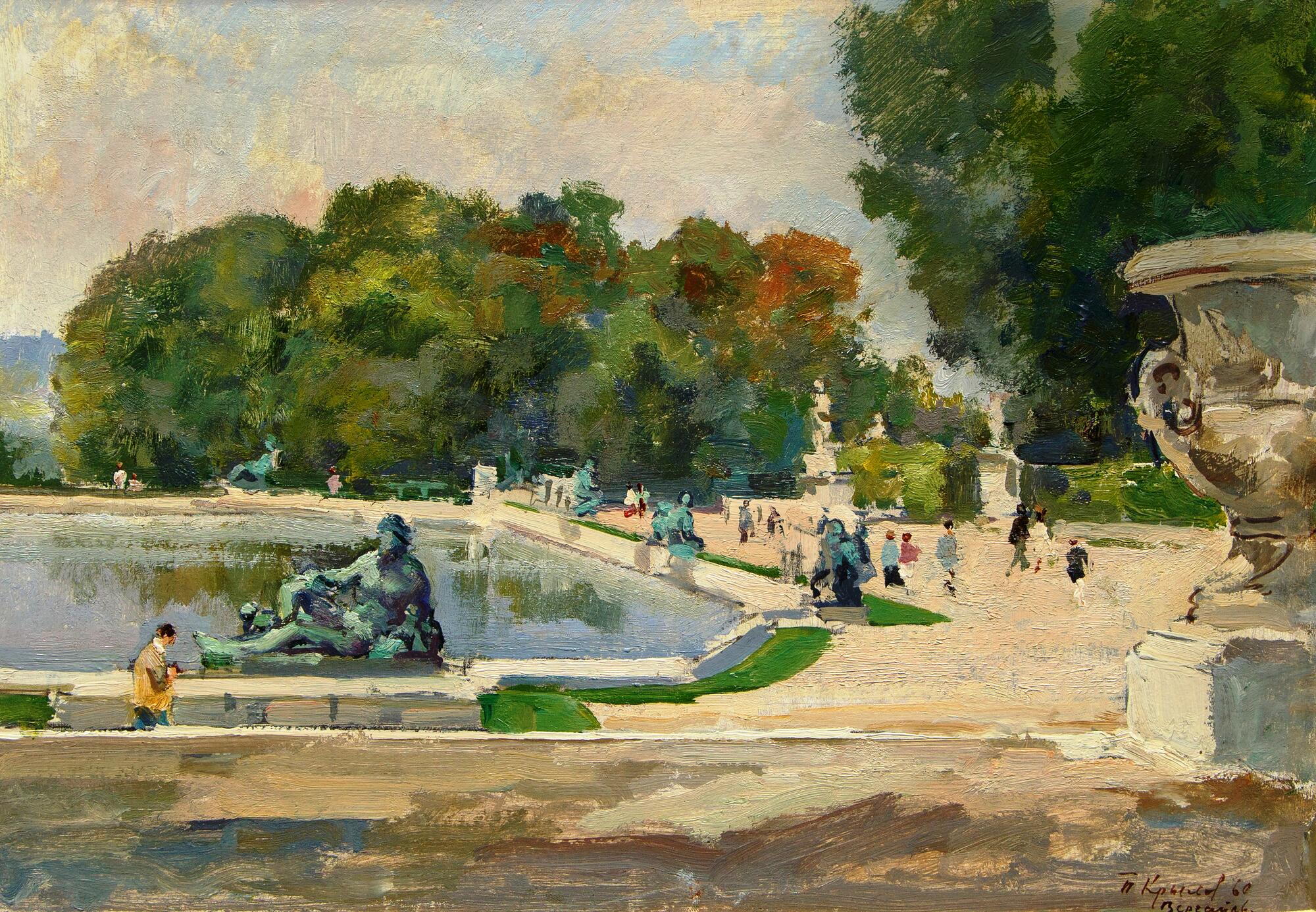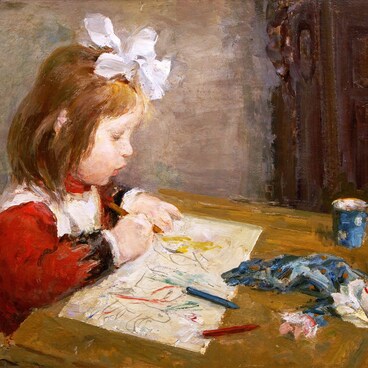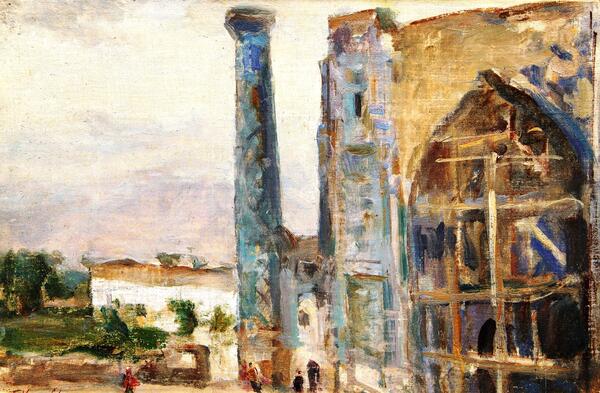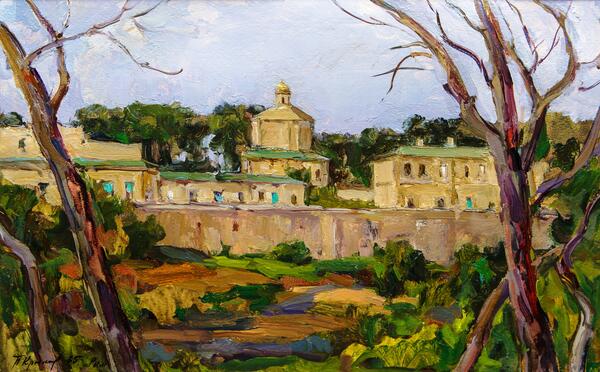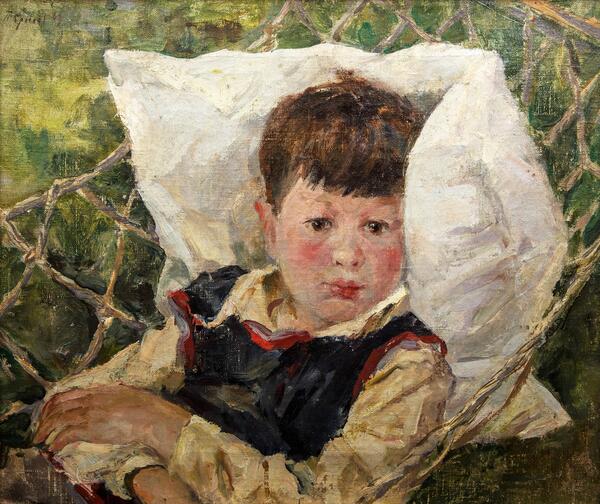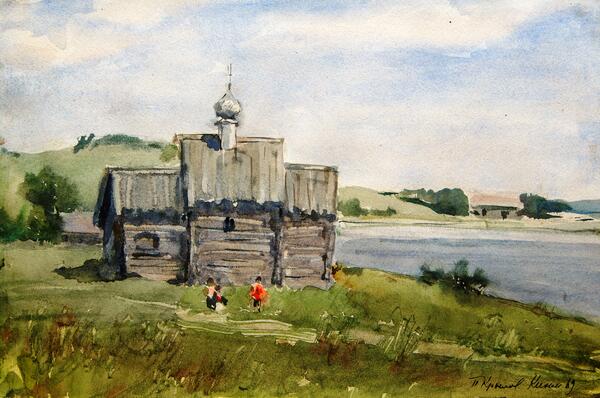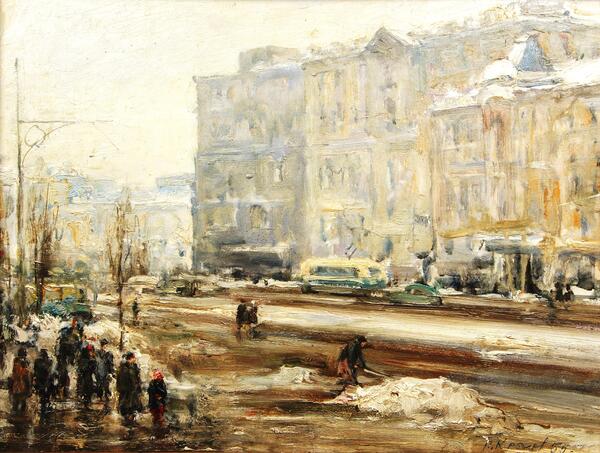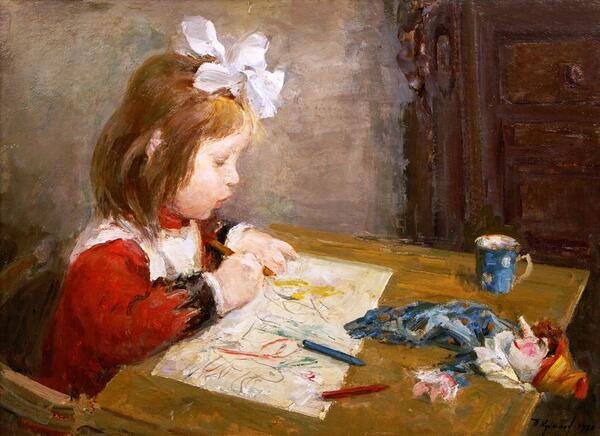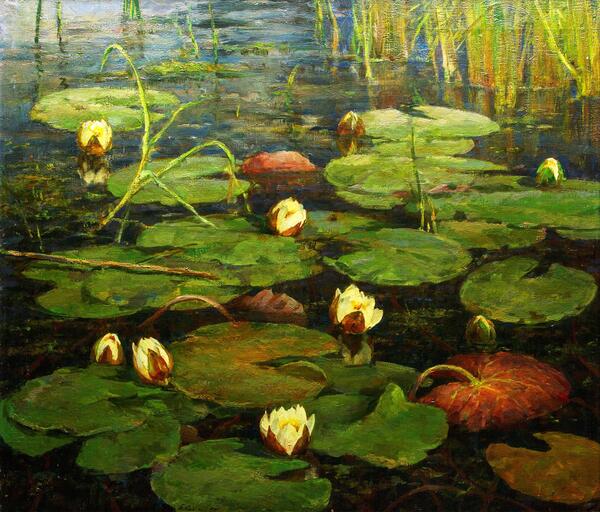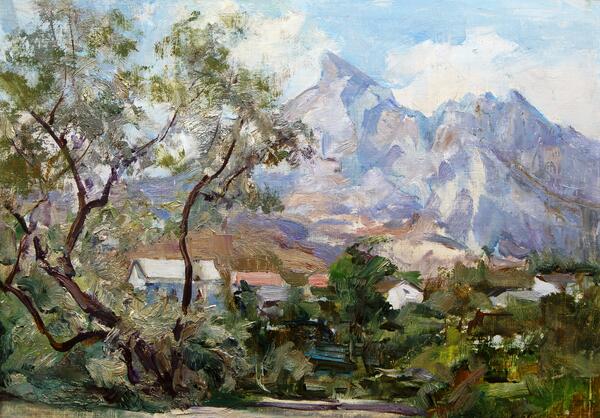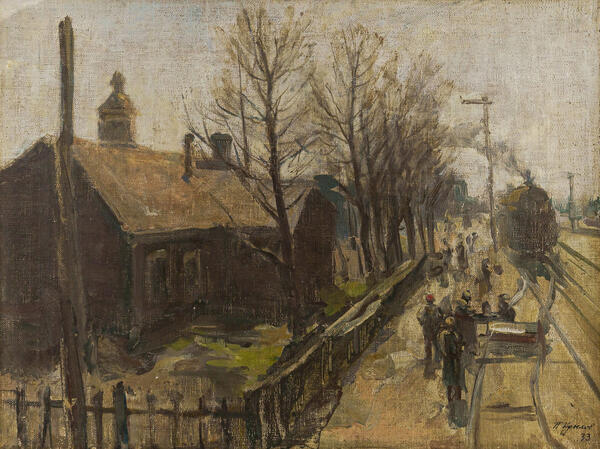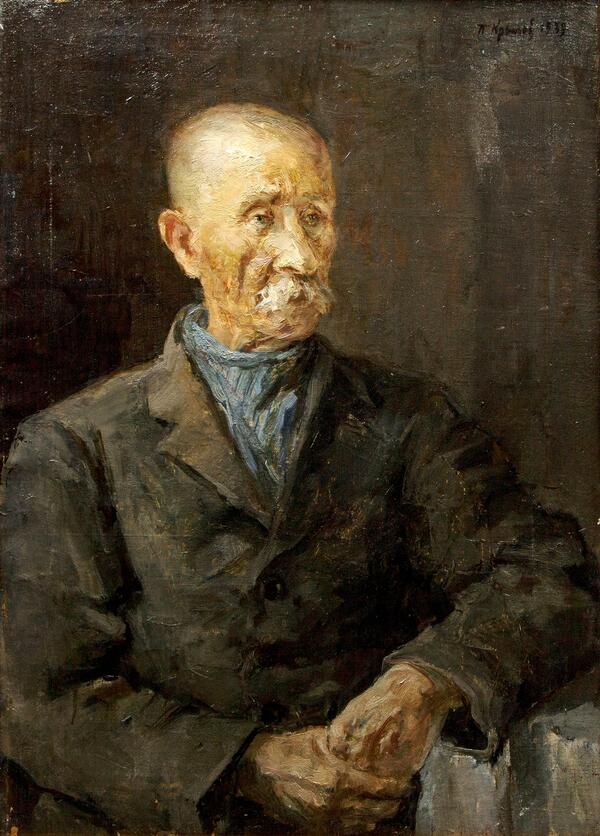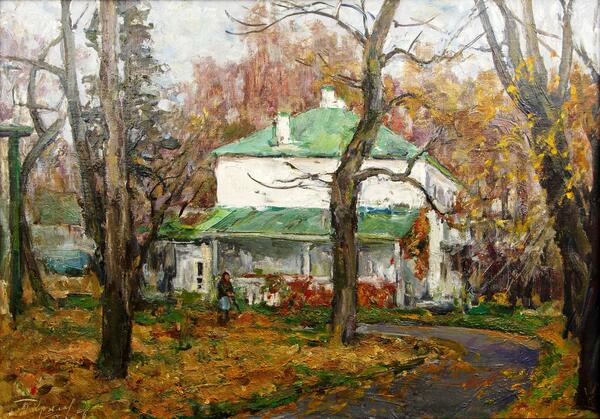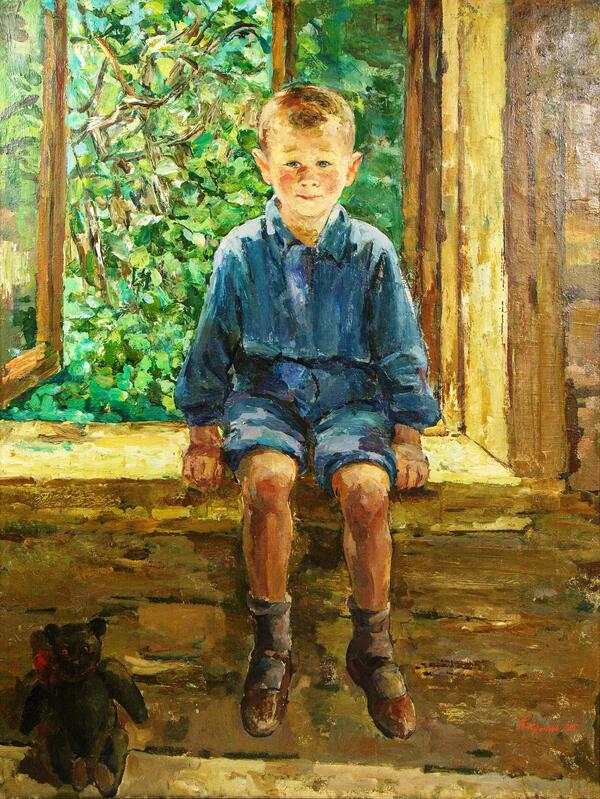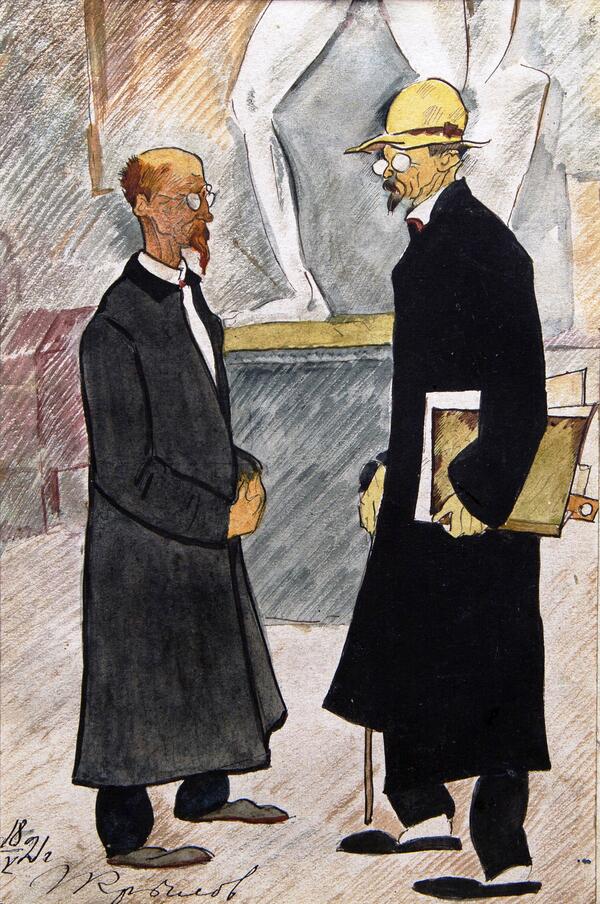“Park of Versailles, Paris” is a landscape painting from a series of works created by the Soviet artist Porfiry Krylov during his creative trip to France in 1960. The painting takes the viewer to one of the most beautiful parks in Europe — the park of the Palace of Versailles which began to take shape almost 400 years ago, during the reign of King Louis XIV.
Before the French Revolution, the Palace of Versailles served as the official royal residence of the Bourbons. In 1801, it received the status of a museum and became open to the public, and later the entire architectural and park complex of the residence became a museum. Today, the Palace houses the Museum of the History of France and is included into the list of UNESCO World Heritage sites.
The Gardens of Versailles were created in a new style of garden that emerged in Italy during the Renaissance but gained popularity in Europe thanks to Versailles, hence the name — the French formal garden. It was distinguished by its geometrically precise layout, symmetrical plantings, straight alleys, neatly trimmed crowns of trees and shrubs. The French formal garden was the embodiment of the ideals of harmony, grandeur and immutable order, and became a model for many other imperial ensembles.
Even though the park is very linear, it is in no way repetitive or predictable: the flower beds, sculptural groups, cascades, grottoes and fountains, which were at the height of technology at that time, add variety. Together they create an atmosphere of sublime harmony between the natural and manmade. The park is decorated with marble and bronze sculptures of ancient gods and heroes with bronze giving off a magnificent shimmer against the background of water, and marble spectacularly contrasted by the greenery.
Porfiry Krylov captured a small corner of the park with the Neptune Fountain. It was built in 1681, later a sculptural group “Neptune and Amphitrite” was added, which remained outside of Krylov’s painting. On August 14, 1741, King Louis XV inaugurated the fountain, and numerous guests were able to admire the play of 99 beating jets.
Porfiry Krylov dedicated
another park landscape, “Caretaker of Versailles”, to the caretaker, who sat
down to rest on a bench under the cozy greenery of old trees, next to beautiful
ancient statues.
